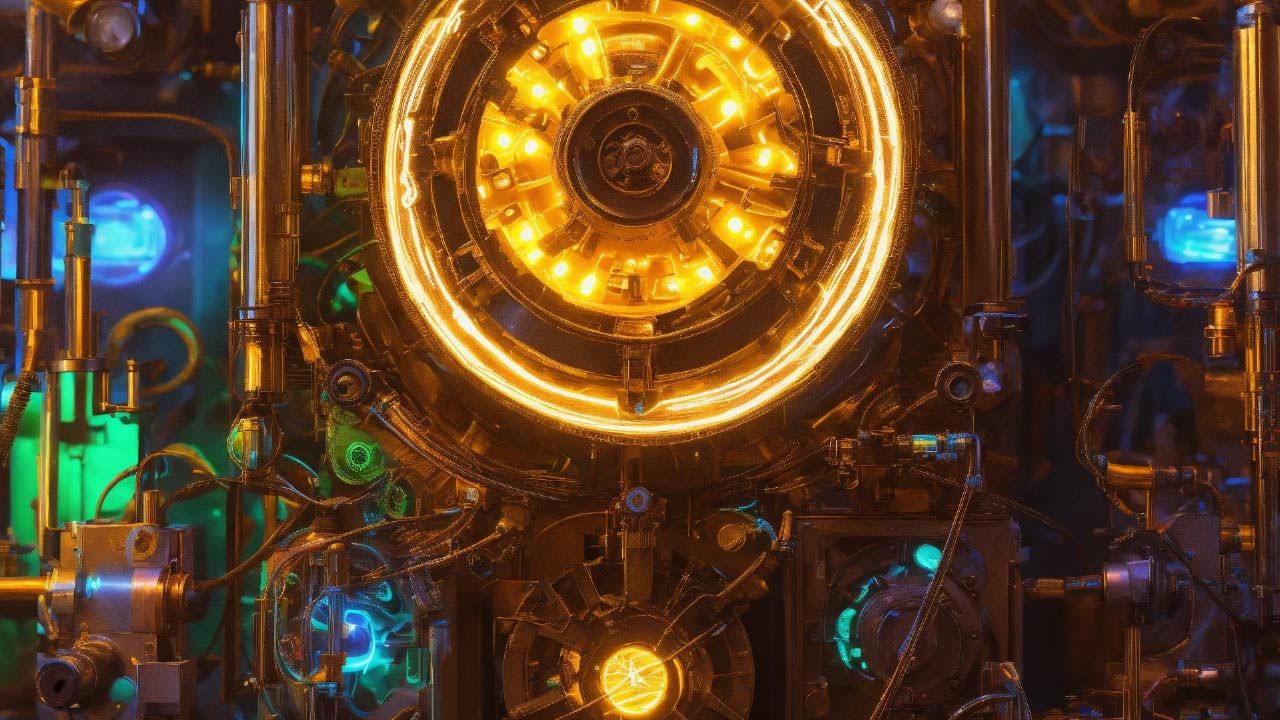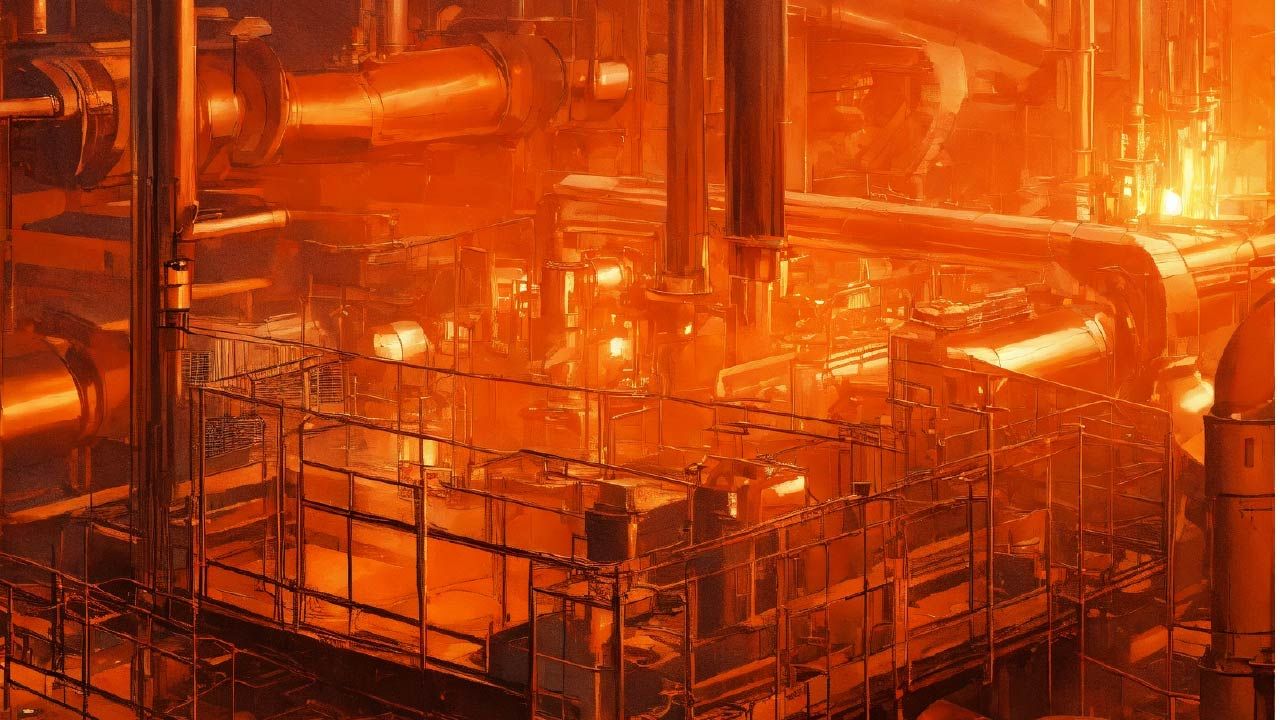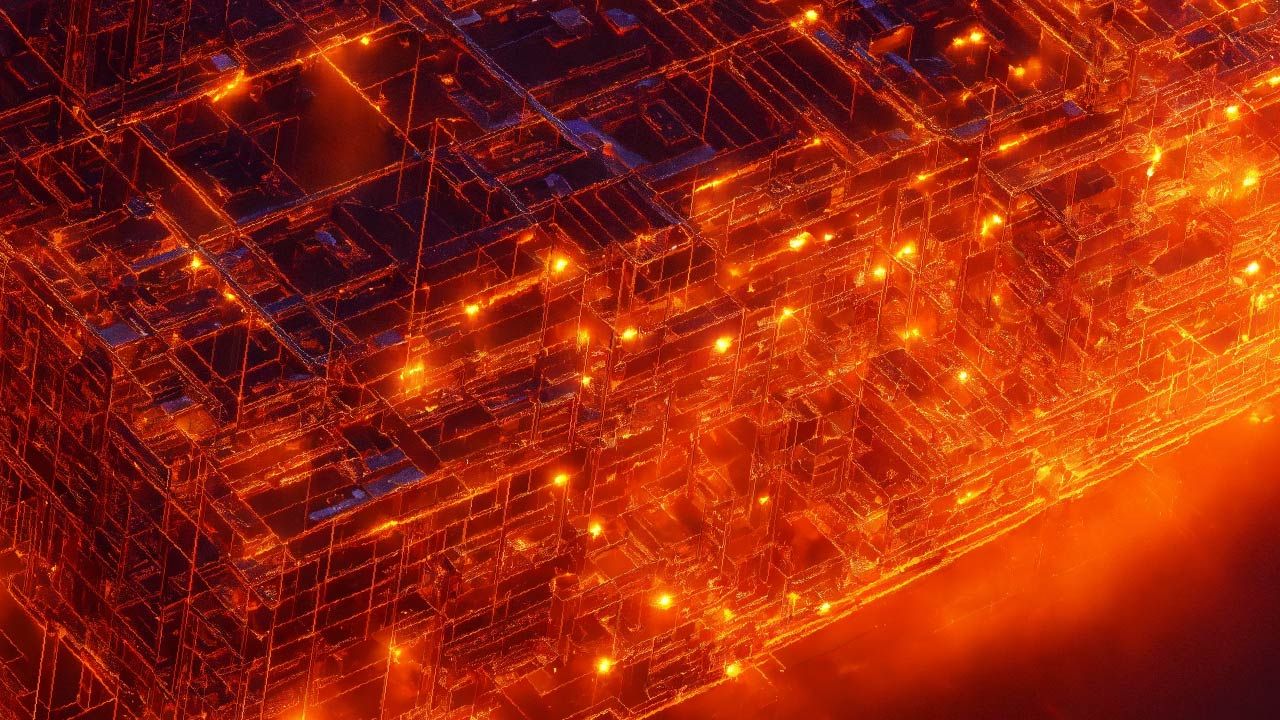
Solutions
Microsoft Production and Manufacturing
The backbone of many economies lies in the intricate processes of production and manufacturing. While often used interchangeably, these terms have distinct nuances. Let's delve into the world of transforming raw materials into the products we use in our daily lives.
Understanding the Difference:

- Production: A broader term encompassing all the activities involved in converting resources (raw materials, labor, information) into finished goods or services. It includes activities like farming, mining, construction, and even artistic endeavors.
- Manufacturing: A specific form of production that focuses on the physical transformation of raw materials into tangible goods using machinery, tools, and labor. It typically involves large-scale production on assembly lines or in factories.
The Manufacturing Process:
Manufacturing generally involves these key stages:
- Product Design: Conceptualize and engineer the product, including specifications, materials, and production processes.
- Sourcing and Procurement: Acquire the necessary raw materials and components from reliable suppliers.
- Production Planning and Scheduling: Develop a detailed plan outlining the production sequence, resource allocation, and timelines for each stage.
- Production: Transform raw materials into finished goods through various processes like machining, assembly, and quality control checks.
- Packaging and Distribution: Package the finished products for shipping and distribute them to retailers, wholesalers, or directly to consumers.
Production and Manufacturing: Key Considerations
These factors significantly impact production and manufacturing:
- Technology: Advancements in automation, robotics, and digital tools (e.g., 3D printing) are transforming manufacturing processes, increasing efficiency and productivity.
- Supply Chain Management: Effective management of suppliers, logistics, and inventory flow is crucial for ensuring timely production and minimizing disruptions.
- Quality Control: Implementing robust quality control measures throughout the production process minimizes defects and ensures product safety and consistency.
- Sustainability: Environmental considerations are increasingly important, influencing material selection, production processes, and waste management practices.
Benefits of Efficient Production and Manufacturing:
- Economic Growth: Manufacturing contributes significantly to a nation's economy by creating jobs, generating exports, and boosting overall economic activity.
- Product Innovation: Manufacturing fosters innovation as companies strive to develop new products, improve existing ones, and optimize production processes.
- Meeting Consumer Needs: Efficient production and manufacturing ensure a steady supply of goods to meet consumer demands, contributing to a higher standard of living.
Advanced Manufacturing Techniques

Beyond the traditional assembly line, here are some specialized manufacturing techniques:
- Additive Manufacturing (3D printing): Builds objects layer-by-layer using digital models. Enables rapid prototyping, customizable production, and the creation of complex geometries.
- Computer Numerical Control (CNC) Machining: Precisely cuts and shapes materials based on computer-generated instructions. This is essential for manufacturing intricate parts across industries.
- Robotics and Automation: Robots perform repetitive, dangerous, or tasks requiring high precision, increasing efficiency, and reducing labor costs.
- Lean Manufacturing: Focuses on eliminating waste (excess inventory, unused machinery, defects) throughout the production process to increase efficiency and reduce costs.
- Mass Customization: Balances large-scale production volume with the ability to tailor products to individual customer specifications often using modular designs and advanced ordering systems.
Trends Shaping Production and Manufacturing
The landscape of production and manufacturing is constantly evolving, influenced by new technologies and market demands:
- Globalization of Supply Chains: Companies seek optimal manufacturing locations globally, factoring in costs, skills availability, and proximity to markets. This creates both efficiency advantages and risk exposure.
- Internet of Things (IoT): Networked sensors and smart devices embedded within manufacturing equipment provide real-time data on machine status, production flows, and potential bottlenecks, enhancing preventative maintenance and enabling data-driven optimization.
- Reshoring and Onshoring: Some companies are moving production back to their home country or closer to primary markets due to logistical challenges or resilience concerns.
- Focus on Sustainability: Regulations and consumer awareness are driving a shift toward more sustainable manufacturing methods, such as using renewable energy sources, reducing waste, and designing for recyclability.
The Human Factor
Even with automation advancements, skilled workers remain vital to manufacturing.
- Training and Upskilling: Adapting to evolving technologies requires continuous training for workers. Upskilling programs help fill knowledge gaps and meet emerging demands.
- Collaboration between Humans and Machines: The future of manufacturing involves humans working collaboratively with machines, with workers focusing on complex problem-solving and decision-making while robots take on repetitive and physically demanding tasks.
Conclusion:

Production and manufacturing play a vital role in our world, shaping the goods we use, the services we enjoy, and the economic landscape. By understanding the various aspects, complexities, and future directions of these intertwined concepts, we gain a deeper appreciation for the intricate processes that bring the products we rely on to life.
